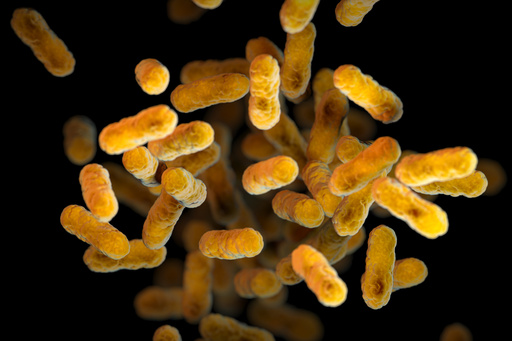MILWAUKEE — According to recent reports from U.S. health authorities, the incidence of whooping cough is reaching its highest mark in a decade for this period of the year.
As of now, there have been 18,506 confirmed cases of whooping cough, as stated by the Centers for Disease Control and Prevention (CDC). This figure marks the highest level for this time of year since 2014, when reported cases exceeded 21,800.
Experts anticipated the rise in cases, noting that outbreaks of whooping cough typically occur every three to five years. The current figures suggest a resurgence in cases, resembling levels before the COVID-19 pandemic, during which many contagious diseases saw a significant decline.
Health officials in various states, including Wisconsin, are expressing concern due to the growing number of cases; Wisconsin has reported around 1,000 instances thus far this year, a stark contrast to the mere 51 cases documented the previous year.
On a broader scale, the CDC has observed a drop in kindergarten vaccination rates from the last year, alongside a record number of vaccine exemptions. Newly released state statistics reveal that approximately 86% of kindergarteners in Wisconsin have received the whooping cough vaccine, which is less than the national average of over 92%.
Whooping cough, medically known as pertussis, typically begins with cold-like symptoms such as a runny nose before evolving into a severe, persistent cough. Antibiotics are used for treatment. This illness was once widespread until the introduction of a vaccine in the 1950s, which is now a routine part of childhood immunizations. The vaccine is administered as a combination shot that includes tetanus and diphtheria, and booster shots are recommended for adults every decade.
Joyce Knestrick, a family nurse practitioner from Wheeling, West Virginia, remarked, “They used to call it the 100-day cough because it literally lasts for 100 days.”
Although whooping cough primarily affects infants and young children who are at risk for severe complications, health officials indicate that this year’s outbreaks are increasingly impacting older children and adolescents. In Pennsylvania, most cases have emerged within middle schools, high schools, and college environments. Similarly, the majority of infections in Douglas County, Nebraska, have been among school-aged children and teenagers, according to Justin Frederick, deputy director of the local health department.
Frederick noted that this includes his own teenage daughter, who has been significantly affected. “It’s a horrible disease. She still wakes up — after being treated with her antibiotics — in a panic because she’s coughing so much she can’t breathe,” he shared.
Health professionals emphasize the importance of early testing and antibiotic treatment. Dr. Kris Bryant, an expert in pediatric infectious diseases at Norton Children’s in Louisville, Kentucky, highlighted that those exposed to the bacteria can receive antibiotics to help prevent further transmission.
“Pertussis is worth preventing,” Dr. Bryant asserted, noting the positive aspect that effective and safe vaccines are available.
